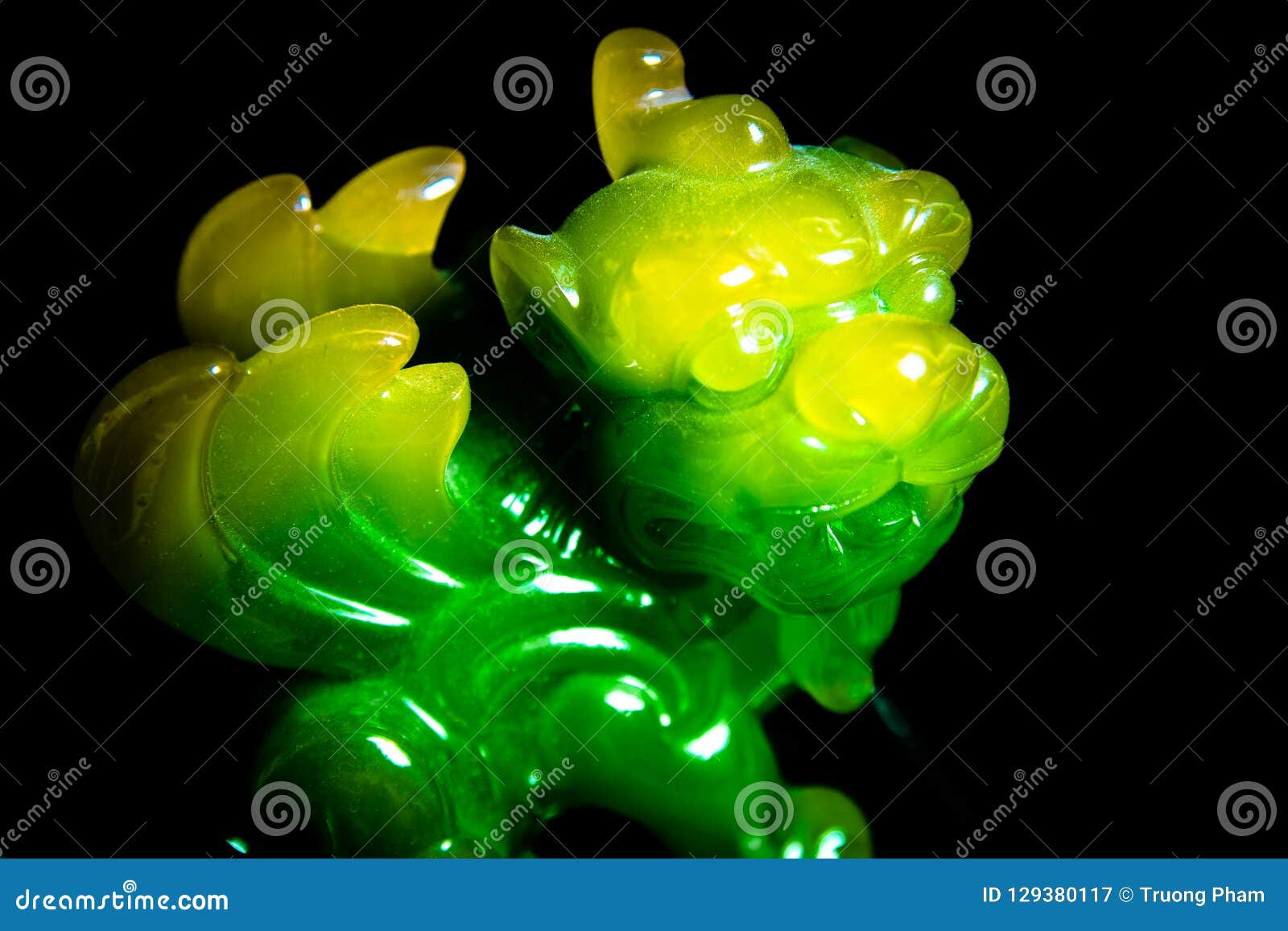

If any sailors saw a dugong nursing her calf, it might well resemble a human mother with a baby. Christopher Columbus even reported that the mermaids he saw were “not half as beautiful as they are painted”, possibly surprised by the mantee’s Hoover-like snout and bristly chin! What’s more, a dugong’s mammary glands are located near their shoulders, near where a human woman’s breasts would be. With their sparse body hair, round faces, and flippers located approximately where arms would be on a human, they actually paint a rather convincing picture. Neither of these creatures look much like mermaids close up, but if you imagine seeing them at a distance from the deck of a ship, it’s really not hard to see how they could have given rise to legends of mermaids. Its close relative, the manatee, lives mostly in fresh water, making its ponderous way through slow-moving rivers and wetlands. This is a dugong, the world’s only primarily herbivorous marine mammal. They may not look quite like Daryl Hannah in Splash, but they could no doubt beat her in a breath-holding contest. But did these mysterious creatures ever really exist? It’s clearly a pervasive and compelling legend, and one that still has power today. And as recently as 2012, workers in Zimbabwe reported being driven from their sites by angry mermaids. The chapel in Durham castle has a carving of a mermaid that dates back to the 11 th century. Even historical figures such as Christopher Columbus and Blackbeard report having encountered mermaids. First appearing in the myths of ancient Assyria, these half-women, half-fish creatures roam the seas in many legends. Whether you know them from famous artworks, fairy tales, or the Disney movie, mermaids have always been a huge part of popular culture. Mermaids (Global) (c) Royal Academy of Arts Supplied by The Public Catalogue Foundation It certainly sounds like a panda, doesn’t it?

Similarly, the Zuoyu legend of a white, tiger-like creature with black spots, that only ate plants, is said to have been used to refer to the panda during the West Jin Dynasty. People in ancient China revered the panda for its ferocity and strength, and believed that it could chew through iron and copper (panda urine was also considered to be an effective remedy for swallowed needles), possibly giving rise to the tales of the coin-eating Pixiu. In fact, the giant panda delivers one of the highest bite forces of any carnivore.


This is a giant panda, an EDGE mammal and one of the world’s most charismatic and famous endangered species. And yes, believe it or not, it’s likely the animal behind both the Pixiu and the Zouyu legends.Īlthough today we tend to think of the panda as cute and cuddly, pandas in the wild behave very differntly to the captive animals we are accustomed to. Lovely stories, but with no real basis in reality, surely? Find out more about the giant panda’s ecology, threats and evolutionary distinctivness here: Spotting a Zouyu was considered a sign of extreme good fortune. Although it has the power and ferocity of a tiger, it eats only plants, and because of this is considered a righteous beast appearing only during the reign of a just and kind emperor. The Zouyu resembles a white lion or tiger, has black spots and is known as a gentle herbivore. Statues of it are often used in Feng Shui to attract wealth, and it is also considered a ferocious guardian, protecting its master against demons and disease and standing as inspiration for the Chinese army. Known as the ninth offspring of the great dragon, the Pixiu is a winged lion who loves the smell and taste of money, particularly gold and silver. Among this menagerie of wondrous beasts are the Pixiu (or Pi Yao) and the Zouyu. So for the wildlife and the fantasy lovers among you, here some of our favourite ‘mythical’ EDGE species.Ĭhina has many myths and legends, of dragons, of the unicorn-like ‘KiLin’, of hungry ghosts and giant tortoises and three-legged crows. But what if I were to tell you that some of them do exist, just perhaps not in a form that you might recognise? In fact many of our EDGE species seem to have inspired myths and legends of their own, meaning that these ‘mythical’ creatures are wandering the Earth right now, although potentially not for much longer. And we’ve all sighed as we closed the book or turned off the television, knowing that such beasts could never exist. We’ve all been told the stories of fire-breathing dragons, shimmering unicorns, twisting sea serpents and enchanting mermaids. Chen Rong, Nine Dragons (detail), 1244, Museum of Fine Arts, Boston Photograph © 2013 Museum of Fine Arts, Boston


 0 kommentar(er)
0 kommentar(er)
